German Wirehaired Pointer
Deutsch Drahthaar, GWP
 akc
akc ankc
ankc ckc
ckc fci
fci nzkc
nzkc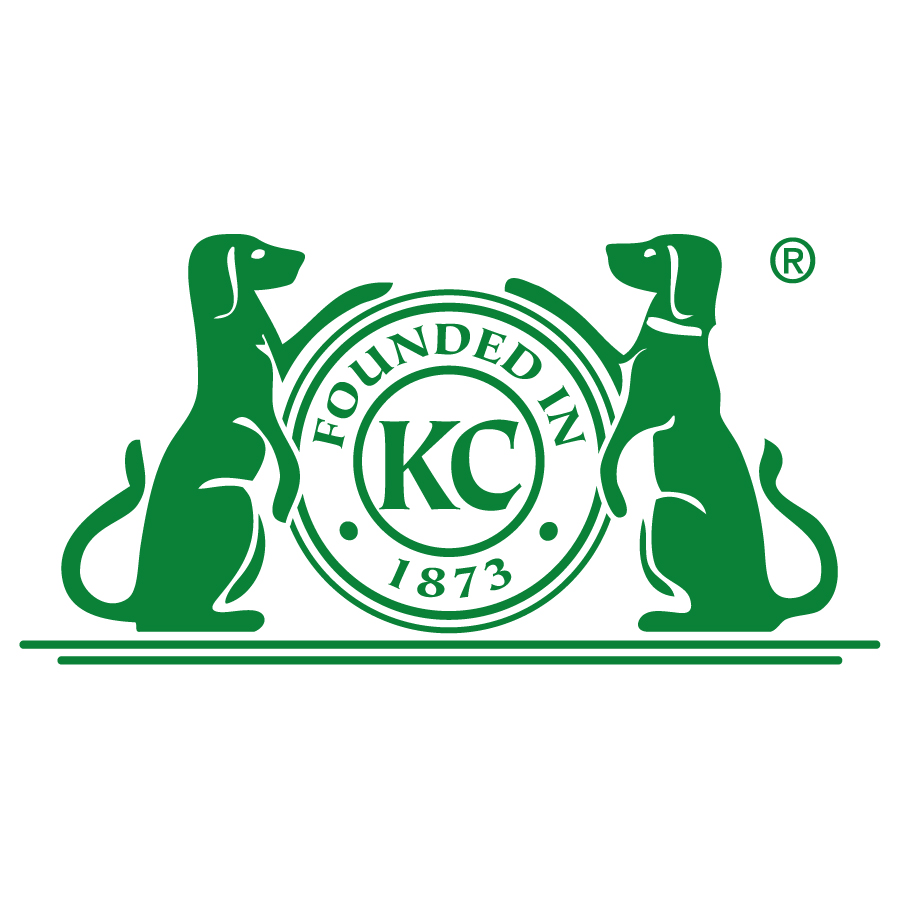 rkc
rkc ukc
ukc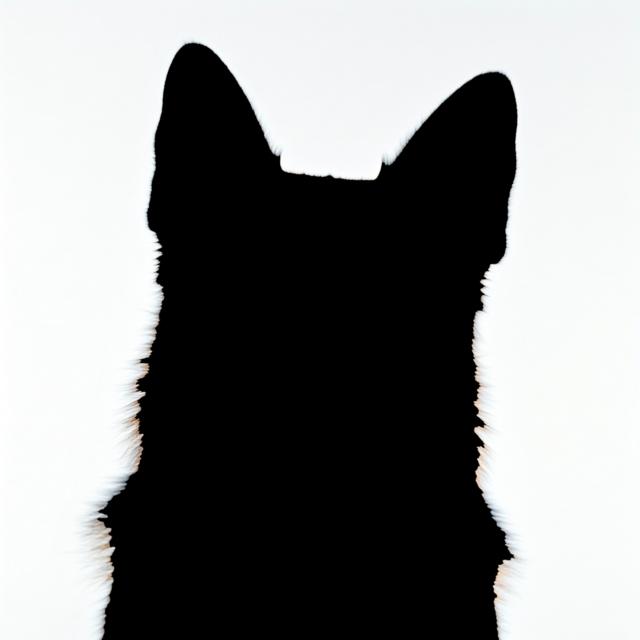
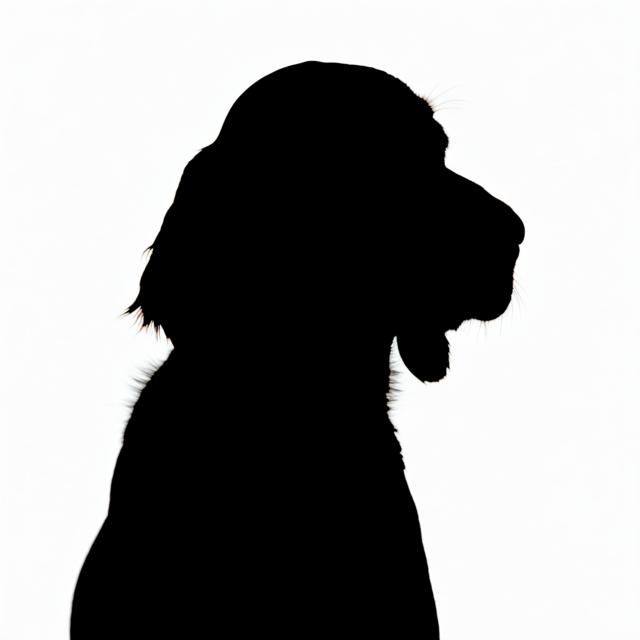
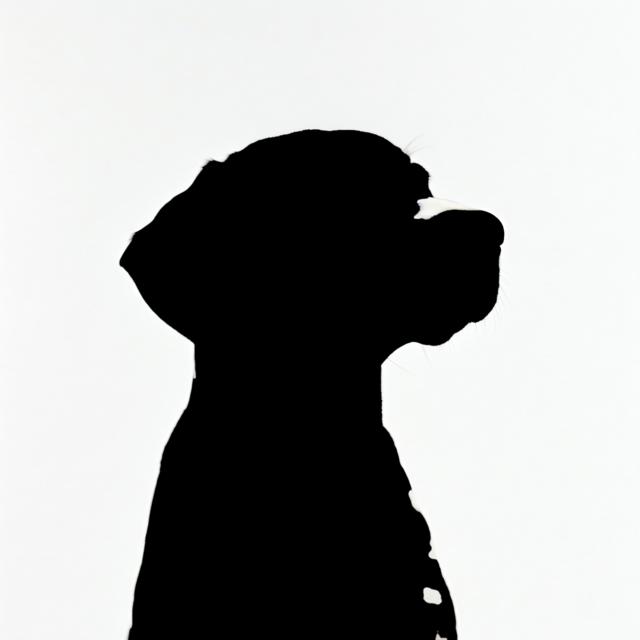
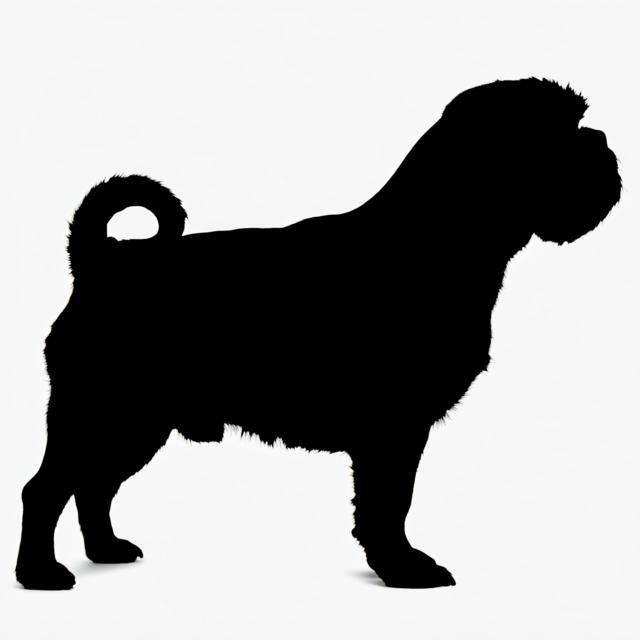
Summary
- The German Wirehaired Pointer is a versatile hunting dog known for its wiry coat, intelligence, and high energy levels. They are loyal and affectionate with their families, requiring consistent training and significant daily exercise.
Origin and Purpose
- Developed in Germany in the late 19th century as a versatile hunting dog, suitable for land and water. Bred to be a robust, all-purpose gundog with a harsh coat for protection in various terrains and weather conditions.
Appearance
Dimensions
| Gender | Height | Weight |
|---|---|---|
| Female | 22-24 inches (56-61 cm) | 50-60 pounds (23-27 kg) |
| Male | 24-26 inches (61-66 cm) | 60-70 pounds (27-32 kg) |
Coat
| Attribute | Notes |
|---|---|
| Color |
|
| Type |
|
| Length |
|
Care
| Attribute | Notes |
|---|---|
| Shedding |
|
| Grooming |
|
| Drooling |
|
Body
| Attribute | Notes |
|---|---|
| Head |
|
| Skull |
|
| Ears |
|
| Eyes |
|
| Nose |
|
| Muzzle |
|
| Teeth |
|
| Neck |
|
| Forequarters |
|
| Fore Legs |
|
| Hindquarters |
|
| Hind Legs |
|
| Feet |
|
| Tail |
|
| Gait |
|
Temperament
- Intelligent, energetic, loyal, and eager to please. They are known to be confident and can be independent.
Social
| Attribute | Notes |
|---|---|
| Affectionate with Family |
|
| Good with Children |
|
| Good with Dogs |
|
| Good with Cats |
|
| Openness to Strangers |
|
| Playfulness Level |
|
| Protective Nature |
|
| Adaptability Level |
|
Working Roles
- Hunting
- Pointing
- Retrieving
- Tracking
- Companion Animal
Exercise Needs
- High; requires significant daily exercise and mental stimulation.
Health
- Hip dysplasia
- Elbow dysplasia
- Hypothyroidism
- Eye Issues
- Von Willebrand’s Disease
- Cardiac Issues
Additional Notes
- Requires consistent training, early socialization and consistent leadership. Can be prone to separation anxiety if left alone for long periods. A family should be active and outdoors.